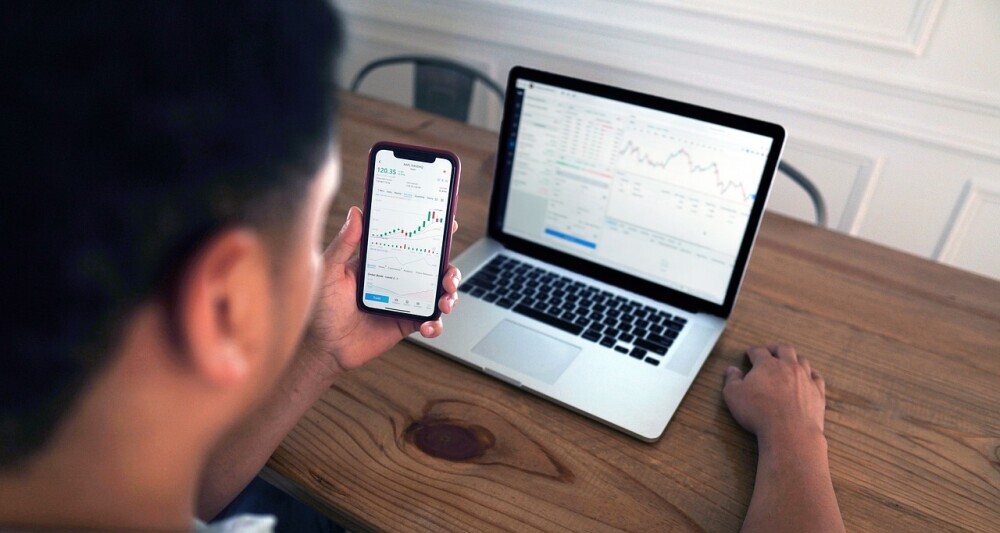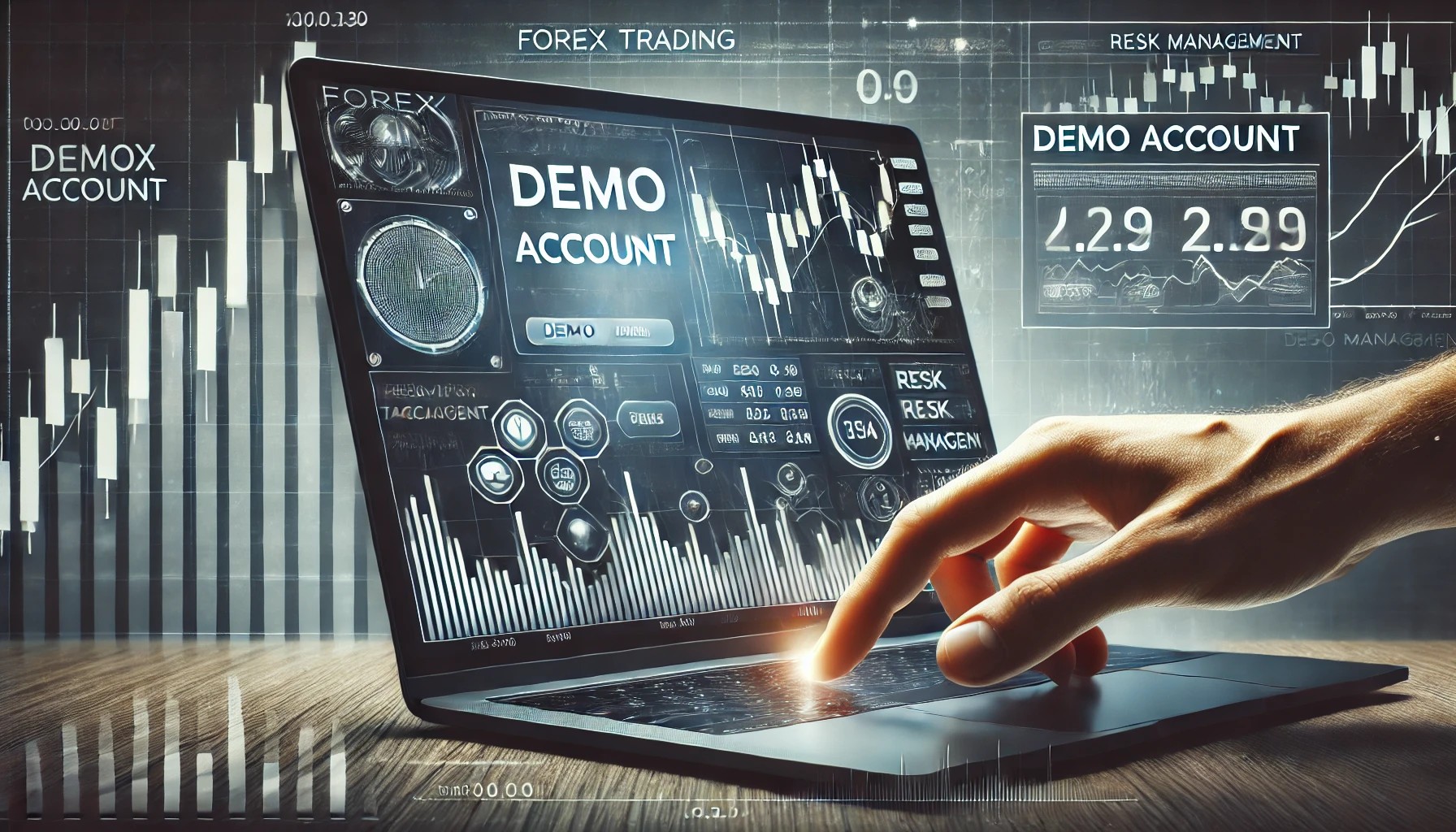The Investor Diary Entry #76: February 26, 2025
When I first started trading Forex back in 2003, I didn’t think much about risk management. Like many beginners, I was focused on finding the perfect strategy, making the perfect trade, and doubling my account in no time. Still, even when I came back to Forex trading two years ago, I was still focused on finding the trading methodology that best suited my style.
Now, after more than two years on a Forex practice trading account, I’ve learned many things I wish I knew before, but there was one undeniable truth: risk management isn’t optional—it’s the core of sustainable trading.
I’ve spent these years refining my approach, testing different risk management strategies, and building a methodology that I can trust. Only in January 2025 did I finally feel like I had a solid trading method paired with a structured risk management plan. Even now, I remain in demo trading, and I’ll stay here as long as it takes until I achieve my financial goals. Moving to live trading before proving my system in demo would be gambling, not trading.
Why I Chose a Forex Demo Account for Risk Management
 I knew that jumping into live trading without a well-tested risk plan would be a fast track to losing money. Many traders blow their accounts because they underestimate how psychological pressure impacts decision-making. The moment real money is involved, fear and greed take over, making it nearly impossible to follow a strategy objectively.
I knew that jumping into live trading without a well-tested risk plan would be a fast track to losing money. Many traders blow their accounts because they underestimate how psychological pressure impacts decision-making. The moment real money is involved, fear and greed take over, making it nearly impossible to follow a strategy objectively.
A Forex free demo account removes that emotional layer, allowing traders to refine their methods without financial consequences. But a demo account isn’t just a training ground—it’s where I built my risk management framework from the ground up.
My Personal Approach to Risk Management in Demo Trading
Through trial, error, and relentless testing, I developed a structured approach to risk management. Here’s how I ensure every trade I take aligns with my plan:
1. Treating My Demo Account Like a Real Account
I don’t inflate my virtual balance or take oversized positions just because it’s not real money. My demo account mirrors what I would actually start with in a live environment. Every risk decision I make is based on real-world conditions.
2. Strict Risk Per Trade Allocation
I never risk more than 1% of my account on a single trade. This risk per trade was hard to follow at first, but once I started tracking my performance, I saw how this rule kept me in the game, even after a series of losses.
3. Using Stop-Loss and Take-Profit Properly
In my early demo days, I placed stops randomly, without much thought. Now, I set them based on key market structures—support, resistance, supply and demand zones—while ensuring my risk-to-reward ratio is at least 1:2.
4. Testing My Trading Methodology in Different Market Conditions
It took me over two years to refine my strategy. A system that works in trending markets might fail in ranging ones. I’ve tested my plan across multiple conditions, from high volatility news events to slow consolidation phases.
5. Controlling My Emotions, Even in Demo
Many traders disregard emotional discipline in demo trading, but I approach it as if my financial future depends on it. If I break my rules in demo, I know I will break them in live trading too. My goal is to develop consistency before I risk real money.
Why I’m Staying in Demo Until I Reach My Goals
Unlike many traders who rush into live accounts after a few months, I’ve made the deliberate decision to remain in demo until I achieve my financial targets. My journey is not about getting rich overnight—it’s about building a system that will allow me to trade profitably for years to come.
I refuse to let FOMO (fear of missing out) push me into live trading prematurely. The market will always be there, but my capital won’t survive reckless trading. I am not in a hurry, and I encourage others to embrace this mindset.
Key Takeaways for Traders Struggling with Risk Management
If you are still figuring out how to learn risk management in Forex trading, I have one piece of advice: take your time.
- A Forex demo account is not just a practice tool—it’s where you perfect your discipline and test your strategies without risk.
- Risk management is not about avoiding losses; it’s about ensuring your losses are controlled and your wins outpace them.
- Live trading should only begin when you have a proven, consistently profitable method in demo.
Final Thoughts
Risk management isn’t something you “add” to your trading—it’s the foundation. Without it, even the best strategy will eventually fail. My journey in demo trading has taught me patience, discipline, and most importantly, how to protect my capital when I transition to a live account.
If you are serious about trading success, don’t rush. Use a Forex practice trading account to master risk management first, and only then consider live trading. Your future self will thank you.
If you really want to be great at Forex risk management, then you might want to add another layer like I did, Forex trading backtesting Software, and I found a free one.
The Investor
Wednesday 26 February 2025
About The Author
I started to look into individual stocks in January 2022. I created this diary initially for myself to track my investing progress, and second, as a place where I can share my ideas publicly hoping that others will share their ideas and learn from each other, and lastly as an online business where some links that I share are affiliate links, and if anybody bought anything by clicking those links, I will get a commission based on that successful sale, which of course will not affect the price that you are buying the product or service at.
For more detailed information on my affiliate disclosure please refer to the Full Affiliate Disclosure page.
Furthermore, this site is in no way or form giving any financial or investing advice, nor it is encouraging or discouraging people to buy or sell any financial instrument. This is a personal diary in which I track my own progress and share it for informational, educational, and entertainment purposes.


Hello Investor!
Risk management is such a crucial skill in Forex trading, and using a practice account is a smart way to develop it without financial risk. It’s great to see an emphasis on strategies like setting stop-loss orders and managing leverage, as these can make all the difference between success and failure in real trading.
Have you found that demo trading fully prepares traders for the emotional aspect of real-money trading? Many people say that risk management is easier in a practice account but much harder when real money is on the line. What are some ways traders can bridge that gap and develop discipline before transitioning to live trading?
Angela M 🙂
Hello Angela, Thank you very much fo r your comment. To answer your question. I found that every tool will give the results based on the way you use the tool. For me, I have used a live account for a very long time, and I know how it feels.
Now I am using my demo account as if it was a real account. I have set financial goals that I need to achieve to upgrade to a live account. If I don’t achieve those goals, I will simply not get into trading with real money. If I am not able to make money on Demo then for sure, I don’t have a chance on a live account.
This article is a powerful testament to the importance of risk management in Forex trading, and the author’s disciplined approach is truly commendable. The personal journey shared, from early mistakes to a structured, patient strategy, provides invaluable lessons for any trader.
The emphasis on treating a demo account like a real one and the detailed breakdown of risk management techniques, like strict risk allocation and proper stop-loss placement, are excellent. The author’s commitment to staying in demo until achieving consistent profitability is a refreshing perspective in a world that often glorifies quick gains.
However, I’m left wondering: While the author’s demo experience is extensive, how does he plan to account for the inevitable psychological differences that arise when transitioning to live trading, even with a solid risk management plan? Also, with such a long period of demo trading, how does the author ensure their strategy remains relevant and adaptable to potentially shifting market dynamics over time?
Hello Philip, thank you very much for your detailed comment and beautiful questions. With regard to managing the psychological differences between demo and real accounts. The formula is to have a tool that will move a trader from emotional to mechanical. Therefore, to have a risk management plan in place that have been tried for a significant period and has brought results will have a great effect to moving from emotional to mechanical transitioning from demo to real. Based on that, yes, I am giving a lot of weight on the risk management plan.
With regard to adapting to shifting market dynamics in a real account. Well, using a demo account for a significant period of time, will give substantial training to market dynamics, and if the trader was successful in moving to the real account with a solid trading methodology and a risk management plan, then the trader is set up for success.
Still, the transition to a real account has its own risks and emotions. Therefore, one should get to live trading gradually, until both feet are rooted in.
As a former Forex trader myself this article really hits home. Many of the habits and mindsets I needed to learn and/or master are clearly laid out in this article. Had I taken the approaches you are suggesting my journey would definitely have been a more profitable one and I’m sure I’d still be trading to this day.
Since it’s been quite some years since I’ve delved into Forex Trading can you give some guidance or recommendations on which platforms would be best to set up a demo account and exactly how that process works … e.g. do you need an active account set up alongside the demo? does the demo account cost anything?
Looking forward to your directions … they just might make me jump back in but this time with the right attitude towards managing risks!
Hello Reberta,
All Demo accounts are for free, and all the brokers that I know of, they don’t ask you to open a live account to have a demo account.
I have not written yet about how to choose a broker, but what I can tell you is to use a demo account from the broker that you plan to open a live account with.